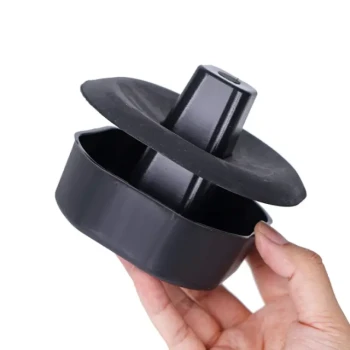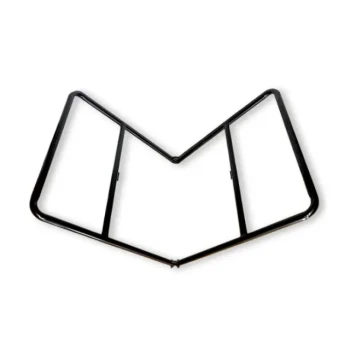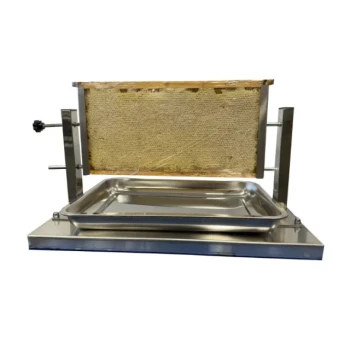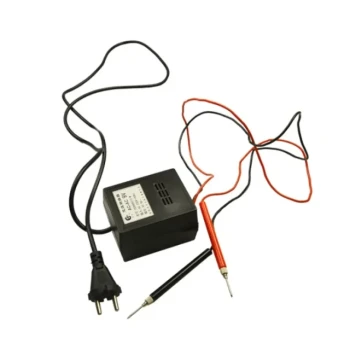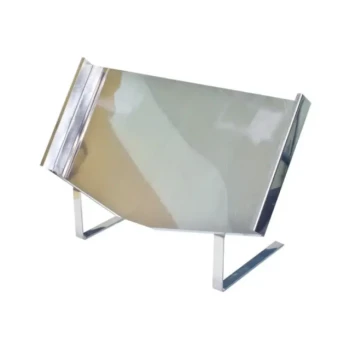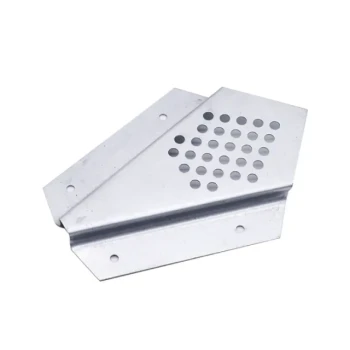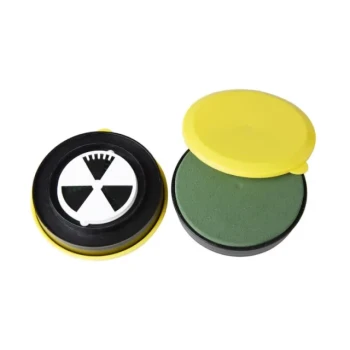The best foundation for your beehives is one that creates a stable, weed-free, and pest-resistant area. Common and effective options include a layer of landscaping cloth covered in gravel, concrete pavers or a full slab, or even simple, low-cost solutions like old outdoor rugs to smother the grass underneath. The primary goal is to provide a solid, dry surface that elevates the hive slightly and makes management easier for you.
Your choice of what to put under a beehive goes beyond simple aesthetics. It's a strategic decision that directly impacts hive health by controlling moisture and pests, while also creating a safe and efficient workspace for you as the beekeeper.
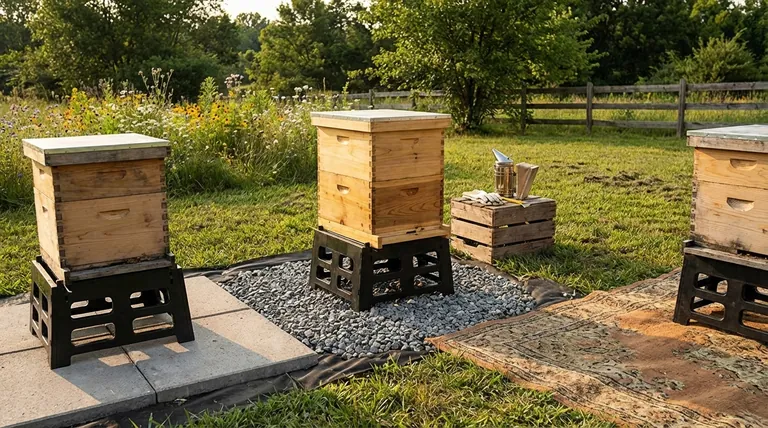
The Purpose of a Hive Base
Before choosing a material, it's crucial to understand what you're trying to accomplish. A proper hive base serves several essential functions for both the bees and the beekeeper.
Suppressing Weeds and Grass
Tall grass and weeds growing around the hive entrance can obstruct the bees' flight path. This vegetation also traps moisture, which can lead to a damp hive environment that promotes mold and stresses the colony.
Deterring Pests
A clear, vegetation-free zone around the hive makes it much harder for crawling pests like ants and small hive beetles to find shelter and launch an invasion. It creates a defensive barrier they must cross in the open.
Ensuring Stability
A beehive is heavy and can become top-heavy when full of honey. A level, solid, and stable base is critical to prevent the hive from tipping over in strong winds or if accidentally bumped.
Improving Beekeeper Access
Working your hives on a clean, dry, and level surface is far safer and more comfortable. A proper base prevents you from tripping on uneven ground or standing in mud after it rains.
Common Materials for Your Hive Stand Area
Each material offers a different balance of cost, durability, and ease of installation.
Gravel Over Landscape Fabric
This is a popular and highly effective semi-permanent solution. By first laying down a quality landscape cloth and covering it with a few inches of gravel, you create a base that offers excellent drainage and superior weed suppression.
Concrete Pavers or a Slab
For a truly permanent and stable solution, nothing beats concrete. You can use individual pavers to create a platform or pour a small slab. This provides an exceptionally clean and level surface that is easy to sweep and maintain.
Repurposed Materials
As mentioned in the references, resourceful beekeepers often use what they have on hand. Old outdoor rugs or heavy-duty tarps can be placed on the ground to effectively smother grass and weeds, providing a low-cost, if less durable, solution.
Understanding the Trade-offs
There is no single "perfect" solution for every beekeeper. Your choice involves balancing benefits with potential downsides.
Cost vs. Longevity
Repurposed rugs are often free but will degrade over a few seasons. Gravel and landscape fabric have a moderate upfront cost but will last for many years. A concrete slab is the most expensive option but is a permanent installation.
Impact on the Beekeeper
While a concrete slab is stable and clean, it is an unforgiving surface to stand on for long periods. It can be hard on your back and knees during detailed hive inspections.
Flexibility and Permanence
A concrete slab is a permanent fixture in your yard. Gravel beds are more easily removed if you decide to relocate your apiary in the future, while rugs offer maximum flexibility to be moved at any time.
Making the Right Choice for Your Apiary
Select your hive base material based on your budget, long-term plans, and personal priorities.
- If your primary focus is low cost and simplicity: Use repurposed materials like old outdoor rugs to smother the vegetation and create a clear workspace.
- If your primary focus is long-term durability and pest control: Invest in a gravel bed over landscape fabric or install concrete pavers for a clean and permanent setup.
- If your primary focus is beekeeper comfort during inspections: Choose a softer ground cover or plan to use a rubber anti-fatigue mat on hard surfaces like concrete.
Creating a thoughtful foundation for your hives sets the stage for a healthier colony and a more enjoyable beekeeping experience.
Summary Table:
| Material | Best For | Key Benefit | Key Consideration |
|---|---|---|---|
| Gravel & Landscape Fabric | Long-term durability & pest control | Excellent drainage & weed suppression | Moderate upfront cost, semi-permanent |
| Concrete Pavers / Slab | Permanent, stable setup | Maximum stability & easy to clean | Higher cost, hard on knees/back |
| Repurposed Rugs/Tarps | Low cost & simplicity | Effectively smothers grass/weeds | Less durable, will degrade over time |
Ready to build a better foundation for your apiary?
At HONESTBEE, we supply commercial apiaries and beekeeping equipment distributors with the durable, high-quality supplies needed for professional hive management. A stable hive base is just the start—ensure your entire operation is built on reliability.
Contact our wholesale experts today to discuss your equipment needs and how we can support the health of your colonies and the efficiency of your business.
Visual Guide
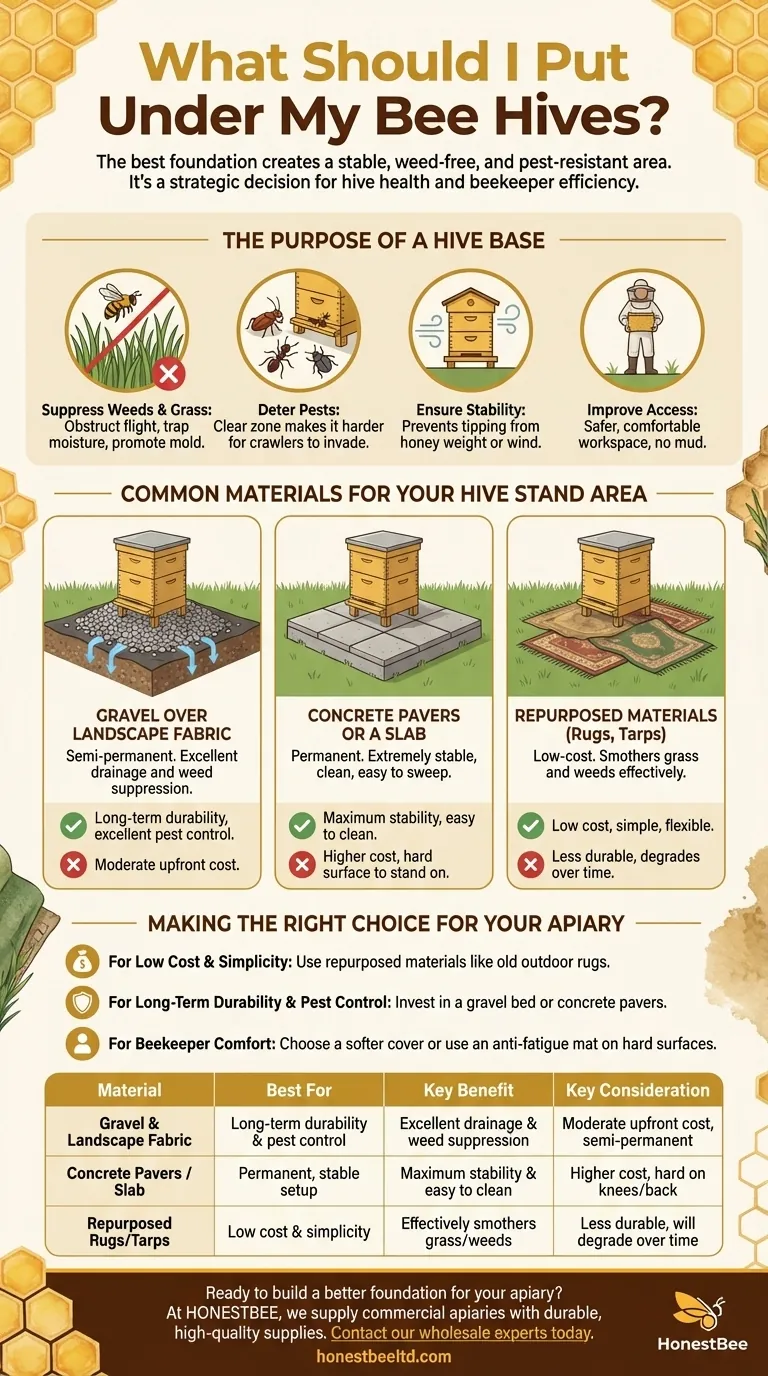
Related Products
- Plastic Bee Hive Stand for Beekeeping
- Metal Hive Feet Bee Hive Stand for Ant Protection
- Metal Bee Hive Stand Bee Box Stand for Beekeeping
- Yellow Plastic Bucket Pail Perch for Beekeeping
- Wholesales Dadant Size Wooden Bee Hives for Beekeeping
People Also Ask
- What are the advantages of a second hive if the queen is killed? The Ultimate Insurance Policy for Your Apiary
- How do plastic bee hives compare to wooden hives in handling? Reduce Strain & Boost Efficiency
- How do bees regulate the temperature of their hive during the summer? Discover Their Natural Cooling System
- What are the advantages of polystyrene hives for beekeeping? Boost Colony Health & Honey Yields
- How does the longevity of plastic bee hives compare to wooden hives? Discover the Durable Choice





